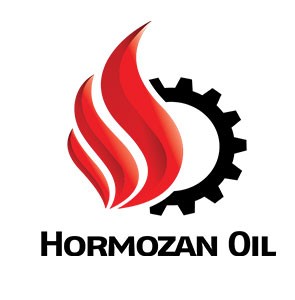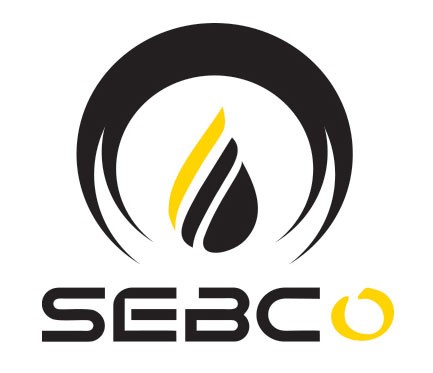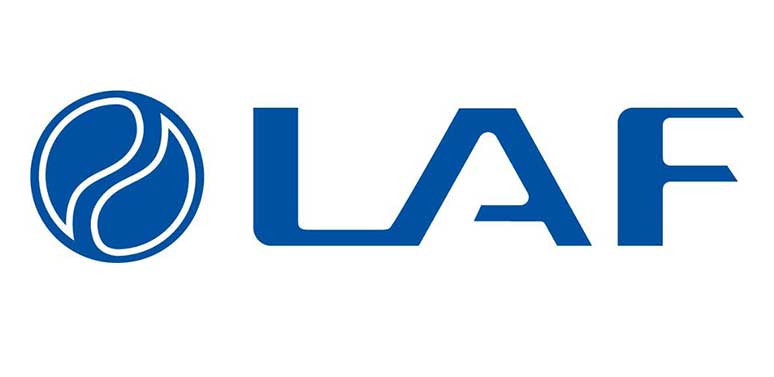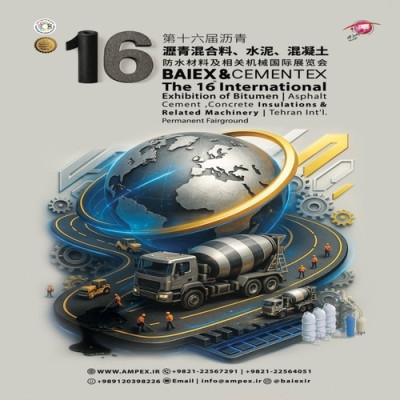WPB: As negotiations continue to end the war in Ukraine, the potential easing of sanctions imposed on Russia—particularly in its vast energy sector—is a key topic under discussion.
Oil and gas exports are a crucial revenue source for Moscow. This sector has been under Western sanctions since 2014 when Russia annexed Crimea. After Russia’s invasion of Ukraine in 2022, these sanctions intensified significantly, with Washington announcing its most severe round on January 10.
Russia’s Trade with the U.S. and the EU
Before the war, Russia was one of the largest suppliers of fuel oil to the U.S., exporting around one million tons (240,000 barrels per day) per month. The U.S. also imported some crude oil, mainly from Russia’s Far East. If sanctions are eased, these export flows could resume. Europe was Russia’s primary oil and gas buyer before the war. Several rounds of EU sanctions—including the latest package extended until September—along with efforts to reduce reliance on Moscow, have significantly cut these purchases.
According to Eurostat, the volume of oil imported from Russia in Q4 2024 was just 10% of what it was in Q1 2021.
Unless Brussels reviews the current sanctions package, no changes in Russian oil and gas imports to the EU are expected. However, Europe remains cautious toward Russia and has a broad target of stopping Russian oil and gas imports by 2027, making a return to pre-war energy trade unlikely even if sanctions are lifted.
Infrastructure damage, such as the Nord Stream gas pipelines connecting Russia to Germany—three of which were blown up in 2022—also limits future flows.
Payments
The easing of U.S. financial sanctions would have a greater impact on Russia’s energy exports and revenues.
U.S. and EU sanctions blocked major Russian banks from accessing the SWIFT global payment system and other financial services, leading to higher transaction fees and months-long payment delays for Russian exporters forced to use alternative payment schemes.
Lifting U.S. sanctions could make dollar transactions easier for Russian companies. While Russian and Chinese banks have found ways to shorten payment processing times, challenges remain. Payments in currencies other than the U.S. dollar are costly because Russian oil sellers must conduct multiple currency conversions, adding to transaction fees.
Gazprom Neft and Surgutneftegas—the third and fourth largest Russian oil producers by output—were included in the U.S. sanctions announced on January 10, forcing them to rely more on intermediaries.
In November, the U.S. also imposed sanctions on Russia’s Gazprombank, which had facilitated payments for European gas customers. Since then, Washington has issued temporary exemptions for Hungary, Slovakia, and Turkey to allow payments through this bank.
Oil Selling Prices
The U.S., EU, and their allies have imposed a $60-per-barrel price cap on Russian oil sales, preventing Western insurers and shippers from facilitating trade above that level. If the U.S. stops enforcing this cap, Russian exporters may find more shipping service providers willing to work with them.
Urals crude prices collapsed in early 2022 when European refiners halted Russian imports. The grade, which is priced relative to Brent (the global oil market benchmark), now trades at a $10-per-barrel discount—compared to a $1–2 discount before the war.
If U.S. sanctions are eased, Urals crude prices may rise, but they are unlikely to return to pre-war highs unless European sanctions are lifted. Until then, Russia will continue selling more oil to India and China, which became its largest buyers after European refiners stopped purchases.
Shipping
Since 2022, the U.S. Treasury has sanctioned hundreds of vessels involved in Russian oil and fuel transportation, numerous shipping operators, and several Russian insurance companies.
These sanctions forced many ships to cease operations. Some sanctioned tankers are now anchored off Russian ports, with traders referring to them as “tanker graveyards.”
If these sanctions are lifted, Moscow will pay less for oil transportation, increasing its crude sales revenue.
Gas
There are no sanctions on Russian pipeline gas imports, but most European countries stopped buying after the Ukraine war began. Gazprom, which holds a monopoly on Russian pipeline gas exports, has been one of the war’s biggest corporate casualties.
According to Reuters, U.S. sanctions also apply to companies supporting Russia’s Arctic LNG 2 project. If sanctions are lifted, the development of Russian LNG plants could accelerate.
By Bitumenmag
Shipping, Bitumen, Oil, Gas



















